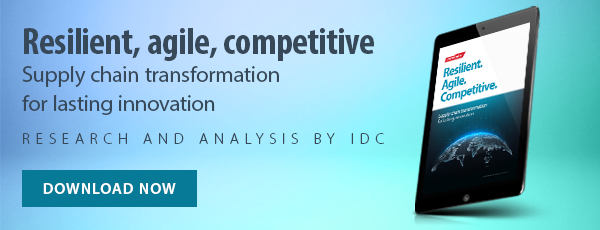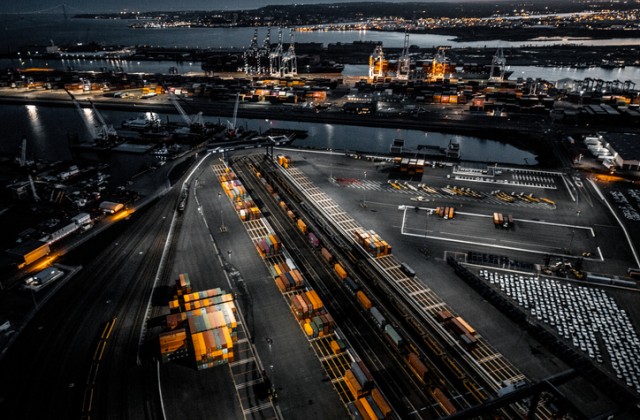
In the age of COVID-19, supply chains are experiencing a bumpy ride. Some industry supply chains have seen significant supply disruptions but only minor demand changes. Other industries have seen minimal supply disruptions but major demand changes, and still others have seen both. Regardless of the industry, supply chains are experiencing pressures unlike any we have seen in a generation. We see some very interesting foreshadowing of the problems that COVID-19 has exposed in the IDC survey that Kinaxis sponsored in late 2019 even though the survey occurred before the full extent of the current pandemic's impact on the supply chain was known.
Long-term stability of the supply chain has long been a concern
Fully 65% of respondents to the survey maintained that their supply chain, as currently constituted, was a source of competitive advantage – though one can only speculate how many would still say the same! When asked if there would still be a competitive advantage three years on, respondents’ confidence dropped by 46%.

At the same time, when asked about top priorities in the supply chain, building resiliency was the number one answer, both for companies which deemed their supply chain a competitive advantage today and those who did not. Indeed, companies are 20% more likely to prioritize supply chain resiliency over things like customer centricity or new product innovation – things that have dominated top-priority lists from the past few years.
The prevalence of aspirational resiliency speaks quite eloquently to the challenges that supply chains are experiencing in 2020 – namely a lack of said resiliency. That so many companies felt their supply chain is a competitive advantage today but not tomorrow suggests that companies have rigidly calibrated what they do today to the environment of today. As things inevitably change, this rigidity serves them poorly. Although current levels of resiliency may be viewed as able to meet current business needs, it is equally viewed as inadequate as business requirements and models shift.
Disruption will continue to be a major risk even after the pandemic ends
The notion of shifting business models is particularly prescient today. As indicated by a separate supply chain survey conducted by IDC in late March, the specter of disruption has become front and center for many companies. When asked about the prospect of supply chain related disruptions, 55% of respondents said that they expected some form of business model disruption within the next 12 months. Even more than that, 63% said that the most problematic gap within their current supply chain was the inability to be resilient to marketplace changes.
While IDC has been talking about supply chain resiliency for years, it is poised to become the supply chain term for 2020. But what does resiliency mean? At IDC Manufacturing Insights, we define the term as the capability of a manufacturing supply chain to ensure and preserve the continuity and consistency of product supply and meet business obligations for product delivery and service to customers by anticipating and being prepared for both short-term operational and long-term strategic disruptions. At the same time, resiliency is also about the ability to quickly see emerging risks and adapt to changing business conditions while maintaining the core purpose and principles of the business. For a manufacturing company whose first principle for supply chain is to be the low cost provider in their market segment, for example, responding to business disruptions by increasing structural costs over an extended period of time would not be representative of a business that had high levels of resiliency. Likewise, a resilient business whose first principle was service would be able to adapt to disruptions without significant impact to service levels.
But resiliency is not just about visibility and anticipation, it is also about reactive speed, and how agile the supply chain is in responding to a situation – and is therefore better positioned to take advantage of limited alternatives. Understanding the multi-dimensional nature of risk and creating a resilient supply chain is a worthwhile endeavor, particularly in a world where disruptions appear poised to occur more frequently and with greater severity. Resiliency is going to be the goal for supply chains in 2020.




